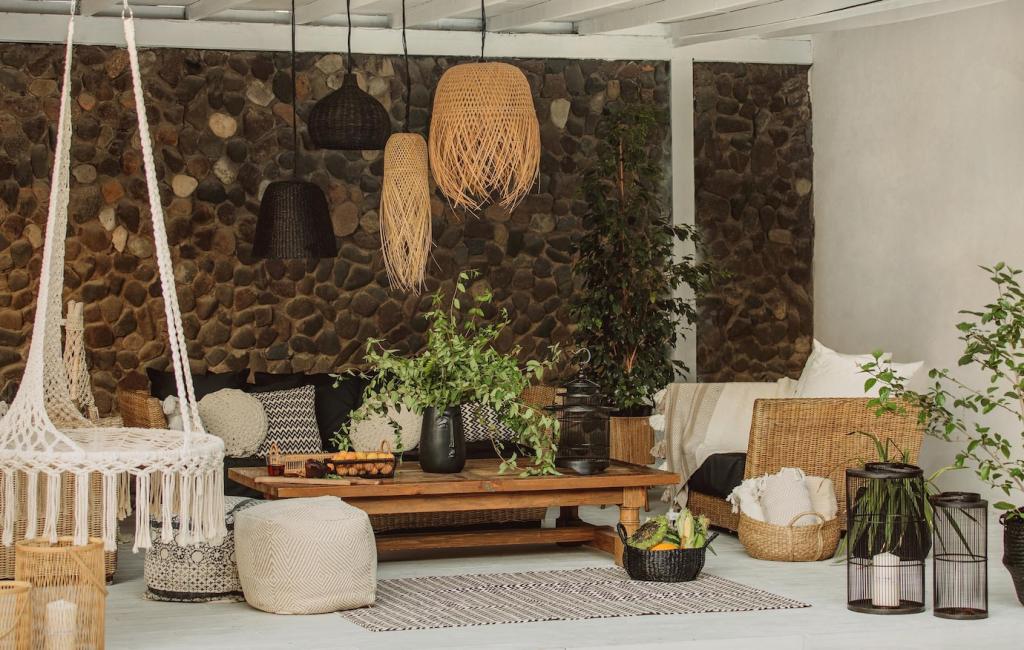The Building Envelope: Where Efficiency Begins
Designing for the sun is free energy planning. In cooler climates, larger south-facing windows with proper shading capture winter warmth, while overhangs block harsh summer rays. Share your home’s orientation and climate in the comments, and we’ll suggest passive strategies tailored to your conditions.
The Building Envelope: Where Efficiency Begins
It’s not just about more insulation; it’s about continuous coverage. Combining cavity insulation with exterior continuous insulation reduces thermal bridges. Look for higher R-values appropriate to your climate, and insist on careful installation. Subscribe to get our checklists for spotting common insulation shortcuts during renovations.
The Building Envelope: Where Efficiency Begins
Air leaks waste energy and invite drafts. A blower door test reveals hidden gaps so you can seal them strategically. Pair airtightness with an HRV/ERV to deliver filtered, fresh air without sacrificing heat. Comment if you’ve ever had a blower door test—what surprised you most?
The Building Envelope: Where Efficiency Begins
Lorem ipsum dolor sit amet, consectetur adipiscing elit. Ut elit tellus, luctus nec ullamcorper mattis, pulvinar dapibus leo.






